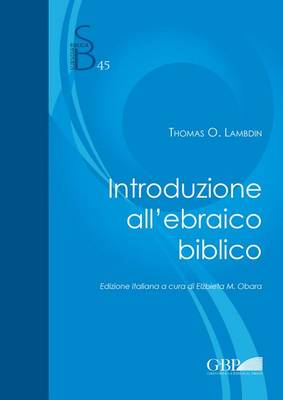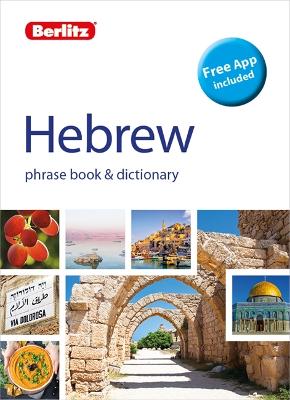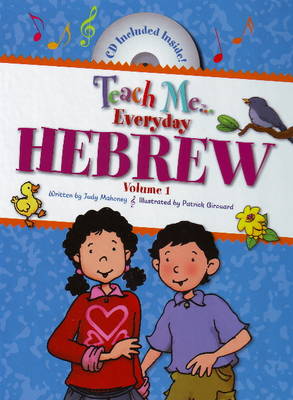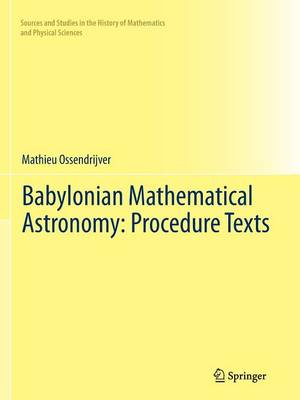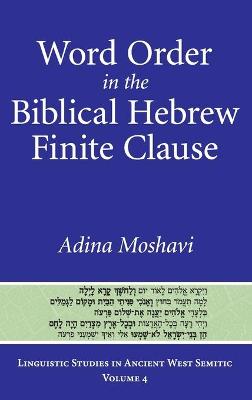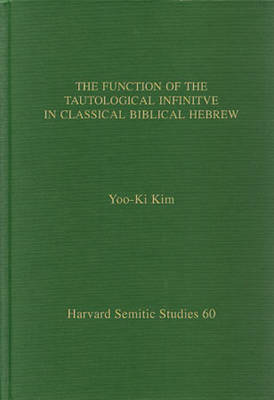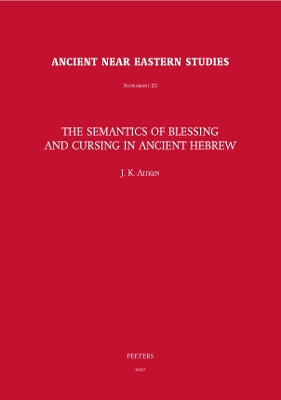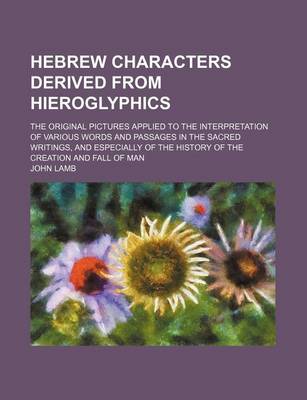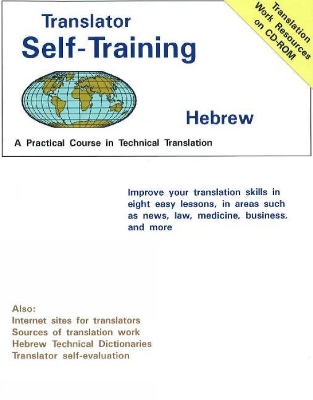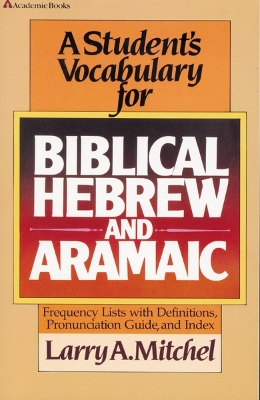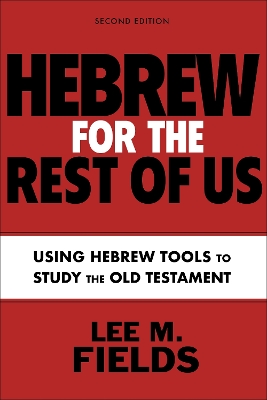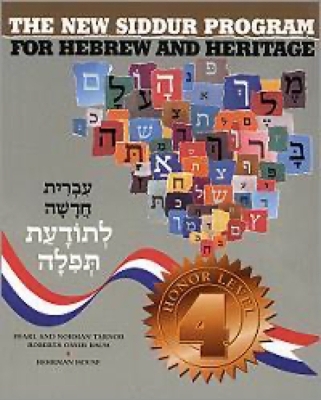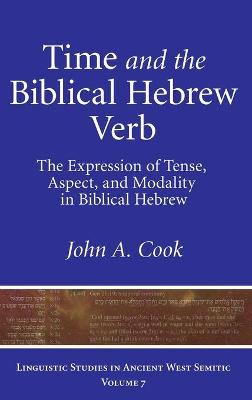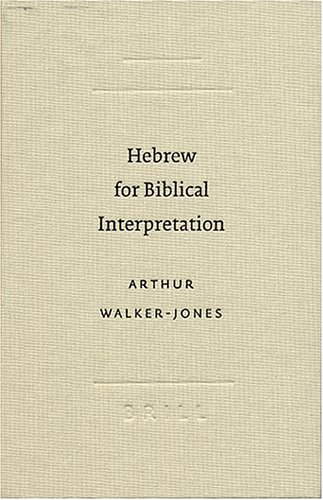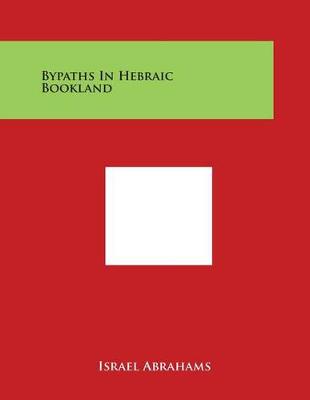Die Fortfuhrung Des Imperativs Im Biblischen Hebraisch (Alter Orient Und Altes Testament, #286)
by Johannes F Diehl
Introduzione All'ebraico Biblico (Subsidia Biblica, #45)
by T O Lambdin
Berlitz Phrase Book & Dictionary Hebrew(Bilingual dictionary) (Berlitz Phrasebooks)
Berlitz Phrasebook and Dictionary HebrewCompact, clear, and packed with key words and phrases to help conversation, this pocket-sized Hebrew phrasebook and dictionary from Berlitz's trusted language experts (with free app) is a trusty travel companion, and all you need to make yourself understood - and to understand others - when you're out and about in Israel.* With its emphasis on conversational usage, and up-to-date language on social media, leisure, business - and more - this is the onl...
Presents a musical journey through the day with Marie and her family to learn Hebrew with songs, common expressions, colors, numbers, the alphabet, and more.
This book contains new translations and a new analysis of the procedure texts of Babylonian mathematical astronomy, the earliest known form of mathematical astronomy of the ancient world. The translations are based on a modern approach incorporating recent insights from Assyriology and translation science. The work contains updated and expanded interpretations of the astronomical algorithms and investigations of previously ignored linguistic, mathematical and other aspects of the procedure t...
Word Order in the Biblical Hebrew Finite Clause (Linguistic Studies in Ancient West Semitic, #4)
by Adina Moshavi
Over the last 40 years, the study of word-order variation has become a prominent and fruitful field of research. Researchers of linguistic typology have found that every language permits a variety of word-order constructions, with subject, verb, and objects occupying varying positions relative to each other. It is frequently possible to classify one of the word orders as the basic or unmarked order and the others as marked. Moshavi's study investigates word order in the finite nonsubordinate...
The Function of the Tautological Infinitive in Classical Biblical Hebrew (Harvard Semitic Studies, #60)
by Yoo-Ki Kim
One of the intriguing and insufficiently understood features of Biblical Hebrew is the use of an infinitive form alongside a finite verb of the same root. The function of this construction has generally been understood as serving to provide some kind of emphasis. However, neither translations nor grammars are consistently able to explain what is being emphasized by the use of this construction. This volume, which is a revision of the author's Ph.D. dissertation at the Johns Hopkins University (2...
Very little attention has hitherto been paid by authors generally to those works forming part of Hebrew literature, in which much of delightful satire is predominant. The object of this volume, therefore, is to make the reader familiar with the contents of several of these writings which may prove interesting to him.
The Semantics of Blessing and Cursing in Ancient Hebrew (Ancient Near Eastern Studies Supplement, v.23)
by J. K. Aitken
Blessings and curses represent complex social and theological phenomena, and challenge our linguistic and conceptual understandings of the society in which they are used. This volume gathers together the semantic information for the words used in ancient Hebrew (including inscriptions, Ben Sira and Qumran) for the field of 'blessing and cursing'. Since semantics must take into account the context in which the words are used, Part 1 surveys different approaches to the understanding of blessing a...
Jiddisch Lesen (Jiddistik Edition Und Forschung / Yiddish Editions and Research / ייִדי, #1)
Ideal for Hebrew students and pastors, A Reader’s Hebrew Bible saves time and effort in studying the Hebrew Old Testament. By eliminating the need to look up definitions, the footnotes allow the user to read the Hebrew and Aramaic text more quickly, focusing on parsing and grammatical issues. A Reader’s Hebrew Bible offers the following features: • Complete text of the Hebrew and Aramaic Bible using the Leningrad Codex (minus critical apparatus) • Shaded Hebrew names that occur less than 100 tim...
Learn the Essentials of Biblical Hebrew So You Can Study the Old Testament More Deeply Hebrew for the Rest of Us, Second Edition by Lee M. Fields is a guide for English-only readers to understand the highlights taught in three or four semesters of Hebrew language study to deepen their approach and understanding of Scripture. Fields highlights essential Hebrew grammar by drawing on parallels to English grammar and then moves the reader toward developing necessary skills and knowledge of the lang...
Travel Talk Hebrew
Time and the Biblical Hebrew Verb (Linguistic Studies in Ancient West Semitic, #7)
by John A. Cook
In this book John Cook interacts with the range of approaches to the perennial questions on the Biblical Hebrew verb in a fair-minded approach. Some of his answers may appear deceptively traditional, such as his perfective-imperfective identification of the qatal-yiqtol opposition. However, his approach is distinguished from the traditional approaches by its modern linguistic foundation. One distinguishing sign is his employment of the phrase "aspect prominent" to describe the Biblical Hebrew ve...
Hebrew for Biblical Interpretation (SBL - Resources for Biblical Study, #48)
by Arthur Walker-Jones
Hebrew for Biblical Interpretation teaches elementary Hebrew with a specific focus on the tasks of biblical exegesis. This innovative textbook combines the features of a traditional grammar with exercises in reading and interpreting the Hebrew Bible. Grammatical descriptions are clear, concise, and systematic, and vocabulary is introduced in descending order of frequency. All words occurring more than 100 times in the Hebrew Bible are taught, and attention to grammatical indicators reduces the n...

